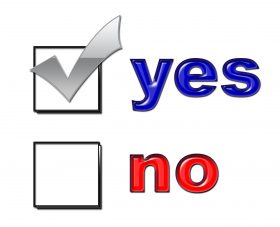As a writer, I know that hitting “send” can feel like throwing your work into a frightening void. Now, as a magazine editor, I’ve collected scraps of insider info that I wished I’d known before I became an editor. So — I give them to you.
1. I want you to succeed.
Every time I open a new piece or pitch, I’m rooting for it to be great. It’s not just that it makes my job easier. (Though it does, immensely.) It’s just a delight to read good work — and that’s what our readers want, too. I’m on your side.
2. When pitching, express enthusiasm.
Pretend you work for the publication and want to see it succeed and do great work. (You’re on our side, too, right?) Say, “I’m fascinated by this question, and I haven’t seen it covered. It might be a fit for your readers because of x.”

3. Sometimes I don’t know exactly what I’m looking for.
That is, until I see it. If you can anticipate what our readers will respond to, or what our coverage is missing, you’re golden.
4. Add voice and life to essays and articles.
This is the number one thing I cannot edit for. If you make a typo, I can fix that. If you are clumsy in using quotes, I can fix that. If you have a tangential sentence or paragraph, I can fix that. If you are boring, I cannot fix that.
5. Find the through-line.
Your piece should have a point. You don’t need to hit the reader over the head with it — please don’t — but your essay or article should have a unifying thread. After reading the piece, the reader should feel that they gained something — and as the writer, you should know what that something is when you’re writing.
6. Sometimes what I really want to say is, “Your writing needs work.”
But I don’t, because between strangers over email, it sounds unnecessarily cruel. If you’re not getting traction with editors, it might be useful to find a writing class or a writing group to provide instruction and feedback.
7. Don’t take edits personally.
Everyone needs to be edited, even editors. After I edit, at least three more people edit, and they always identify additional edits needed. And they’re usually good suggestions, things that I missed or that make the piece better. It’s just part of the process.
8. Editors make mistakes.
Don’t argue or assume the worst if you don’t hear back as promised or don’t get paid on a given date. Just ask politely. Mistakes happen. We’re human.
9. Be enthusiastic and pleasant.
You’ll get more work. Because we are human, editors like nice people.
10. Don’t be sloppy.
We’ve all forgotten to attach the document to the email, and we all make typos. No worries. But if you’re sending a piece that is in two very obviously different fonts or that just dumps block quotes into a document – don’t.

11. I don’t want to micromanage you.
If you’re not sure what angle I want, ask “Would you like approach A or B? I prefer A b/c XYZ.” Not “Here are the quotes from my experts; which ones do you like?” I want to see initiative.
12. Don’t use my personal email or social media to reach me.
I’m overwhelmed already with messages. (Aren’t we all?) Exception: It’s fine to ask on Twitter if you can email me at work, and I’m happy to give you my email address.
13. Be curious.
Ask good questions. Dig a little deeper. Take a genuine interest in the subject matter. Find the surprises. Share them with us. It’s hard for an editor (or a reader) to resist a curious writer.
BIO: Sharon Holbrook is a freelance writer and the managing editor at Your Teen Media. Find her at sharonholbrook.com.
Leave a Reply